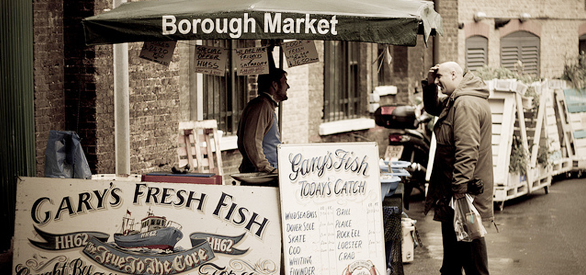When you’re building your product, what’s the biggest question you have in your mind? How do I reach out to my customers? Or do my customers want the product that I’m building?
Building a product that brings traction and generates wealth for you require that you fret over both these issues and be maniacally obsessed about finding creative routes to validate and market. Of course, the easiest way to acquire customers is to burn money by spending on digital, print or television ads, but neither does that validate your product, nor does it help in generating wealth.
Because wealth is generated by customers who think about your product as the generic for that segment. Think Facebook, a generic for social network. And think RedBus, a generic for booking bus tickets online.
So lets talk about how to make maximum mistakes with the least amount of money and time spent and by risking your product, brand or whatever you may be risking with just a small set of people.
This exercise with establish two of the most important aspects that will determine the success of your product – one is whether customers want your product and two, you will discover a fantastic model to reach out to your customers.
Narrow-down your market
Paul Graham recently wrote, “Sometimes the trick is to focus on a deliberately narrow market. It’s like keeping a fire contained at first to get it really hot before adding more logs.”
When building a product, don’t go tapping the entire customer base that may exist in your country or globally. For one, the cost of reaching out to the many would be extremely high and your competitors will make the better of your mistakes that you will commit with the first instance of your product.
Instead, start small and build a product for a very narrow audience. Most often, you don’t know whether your product will fly or die and the best validation is when the customers use an instance of it and exhibit the outcome in their behavior.
Facebook was built on the same principle. Mark Zuckerberg started building the platform only for Harvard students. Once people realized this product was fantastic for them, Zuckerberg had by now perfected the product and marketing strategy to sell at ‘a college’ and simply replicated that model to other colleges.
When you build for a few, you get the opportunity to make your mistakes with only a select audience. You get the chance to enhance your product to cater to your customer’s demands by observing their behavior and putting those learning into product enhancement.
This will help you to craft a better product. Though, not to say that this will be the final version as Facebook is evolving even today and will continue to do so through its lifecycle. But, your product will be in a far better shape with customer testimonials and case studies of its usage.
Acquire customers personally
When you’re building a product for a narrow audience to gain insights on product strategy, would you rather lazily spend precious dollars on Facebook or Google ads or make every penny count by personally acquiring your customers and getting first-hand feedback?
Am sure your answer is going to be the latter. Because you know better than anyone else that laziness and big advertising budgets don’t build a successful product or brand.
Because also that these set of customers who will buy into your product at an early stage will be taken such great care of through service and value that they in-turn become your brand evangelists. These customers often know more people in their own domain and help get you word-of-mouth traction.
In the end, you get a sense of how to acquire customers personally and you do that by growing that number gradually, week after week just focusing on smaller increments and harnessing the power of compounded growth. Paul Graham also writes, “If you have 100 users, you need to get 10 more next week to grow 10% a week. And while 110 may not seem much better than 100, if you keep growing at 10% a week you’ll be surprised how big the numbers get. After a year you’ll have 14,000 users, and after 2 years you’ll have 2 million.”
Similarly, when you’re reaching out for press coverage, tap into your local city publications and bloggers. Once you get decent coverage, expand your geographies to state, country and international level based on your product footprint.
There is no reason why your product cannot get traction and really make the compounded growth work in your favor if you do these two things right. After all, business is all and only about innovation and marketing.






Jaykishan Prithiani
Nice Article Rahul, I agree with you to start with small till your products is good enough to cover up big market. big rejection or flaws can bury your product.
Rahul Varshneya
Thank you Jaykishan.
Jaseem Thayal Shareef
Hey Rahul, good insights. Would like to share Paul Grahams “Do things that don’t scale“.
Atul Pawar
Nice ! very helpful !
Rahul Varshneya
Thank you!
Anoop Nair
Hi Rahul
As always.. very neat and insightful post. Liked the 10% growth strategy!! Thanks for sharing
Swapnil Todkar
Thanks Rahul Sir..really helpful article…will love to get more from you..!!Keep Writing..!!
Rahul Varshneya
Thank you Swapnil!
Rahul Varshneya
Thank you Anoop!